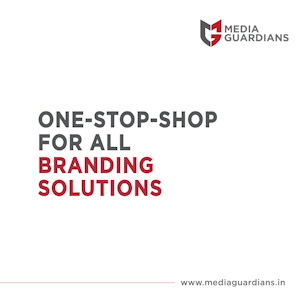Q: Can you take us through Mitsubishi Elevator’s journey in India and how your offerings have evolved to address the growing demands of urban infrastructure?
Mitsubishi Electric began its elevator journey in 1921, and since then, our elevators have stood as a symbol of human ingenuity and vertical growth. For over a century, we have engineered solutions that echo the essence of “Quality in Motion.”
In India, our story began in 1995 in Mumbai, leading to the establishment of a wholly owned subsidiary in 2012 and our first operational factory in 2016. These milestones reflect our firm commitment to the Indian market.
We’ve introduced products such as NEXIEZ-LITE and DeLITE, specifically developed for the Indian landscape — tailored to suit both high-rise and low-rise building requirements. At Mitsubishi Elevator India, we don’t just build elevators — we elevate experiences across generations and help shape the skyline of tomorrow.
Q: How would you describe the evolution of the vertical mobility sector in India over the past decade, and what role do you see Mitsubishi playing in its next phase?
India’s vertical mobility landscape has been transforming rapidly, propelled by urbanization, infrastructure expansion, and smart technologies. The rise of IoT, the push for electrification, and a growing focus on sustainability and convenience are all reshaping the industry.
In response, Mitsubishi Elevator India continues to introduce technological innovations and advanced industrial solutions. We are especially focused on expanding our presence in the premium and mid-market segments with intelligent, efficient, and socially responsive VT (vertical transportation) systems.
India is now the second-largest market for elevators and escalators globally, after China. We aim to strengthen our market share by offering forward-looking solutions that match the evolving needs of multi-storey residential, commercial, and industrial infrastructure across the country.
QUALITY IN MOTION, VISION IN ACTION
As India races toward a high-rise future, vertical mobility is no longer a luxury—it’s a necessity. At the heart of this transformation stands Mitsubishi Elevator India Pvt. Ltd., a brand rooted in global engineering excellence and deeply committed to India’s evolving urban infrastructure.
In this exclusive conversation, K. Suresh, Deputy Managing Director, shares insights into the brand’s journey, its breakthrough innovations, and how Mitsubishi is shaping the next era of intelligent, sustainable, and high-performance elevator solutions for India’s growing skylines.
Q: What are some of the most notable technological innovations Mitsubishi has introduced recently in elevators and escalators?
We’ve introduced several advanced technologies designed to enhance safety, efficiency, and user comfort. Some of our key innovations include:
- DOAS (Destination Oriented Allocation System) – This technology registers a user’s destination floor via their smartphone or access card, optimizing elevator allocation and reducing waiting times.



 ID card when they pass through a security gate, thereby reducing boarding times and elevator congestion. M’s BRIDGE Global Remote Maintenance Service – Offers real-time diagnostics and predictive maintenance. MelEye Supervisory System – Uses advanced networking to monitor elevator and escalator traffic flow, allowing building managers to respond dynamically. ELEMOTION & ESMOTION Renewal Menus – Enable modernisation of existing elevator and escalator systems with minimal disruption. Traction Machines with Permanent Magnet Motors – Designed to improve energy efficiency, reliability, and operational smoothness.
ID card when they pass through a security gate, thereby reducing boarding times and elevator congestion. M’s BRIDGE Global Remote Maintenance Service – Offers real-time diagnostics and predictive maintenance. MelEye Supervisory System – Uses advanced networking to monitor elevator and escalator traffic flow, allowing building managers to respond dynamically. ELEMOTION & ESMOTION Renewal Menus – Enable modernisation of existing elevator and escalator systems with minimal disruption. Traction Machines with Permanent Magnet Motors – Designed to improve energy efficiency, reliability, and operational smoothness. Q In high-rise buildings and high-traffic environments, how does Mitsubishi ensure optimal safety and operational reliability? We employ advanced control systems and state-of-the-art installation techniques that ensure smooth and quiet rides with precise landing accuracy. Some key measures include: Permanent Magnet Motors, Super High-Rise Rope Mechanics, Active Roller Guides. These features not only enhance user comfort but also ensure long-term durability and safety in demanding operating conditions.
Q In high-rise buildings and high-traffic environments, how does Mitsubishi ensure optimal safety and operational reliability? We employ advanced control systems and state-of-the-art installation techniques that ensure smooth and quiet rides with precise landing accuracy. Some key measures include: Permanent Magnet Motors, Super High-Rise Rope Mechanics, Active Roller Guides. These features not only enhance user comfort but also ensure long-term durability and safety in demanding operating conditions.




